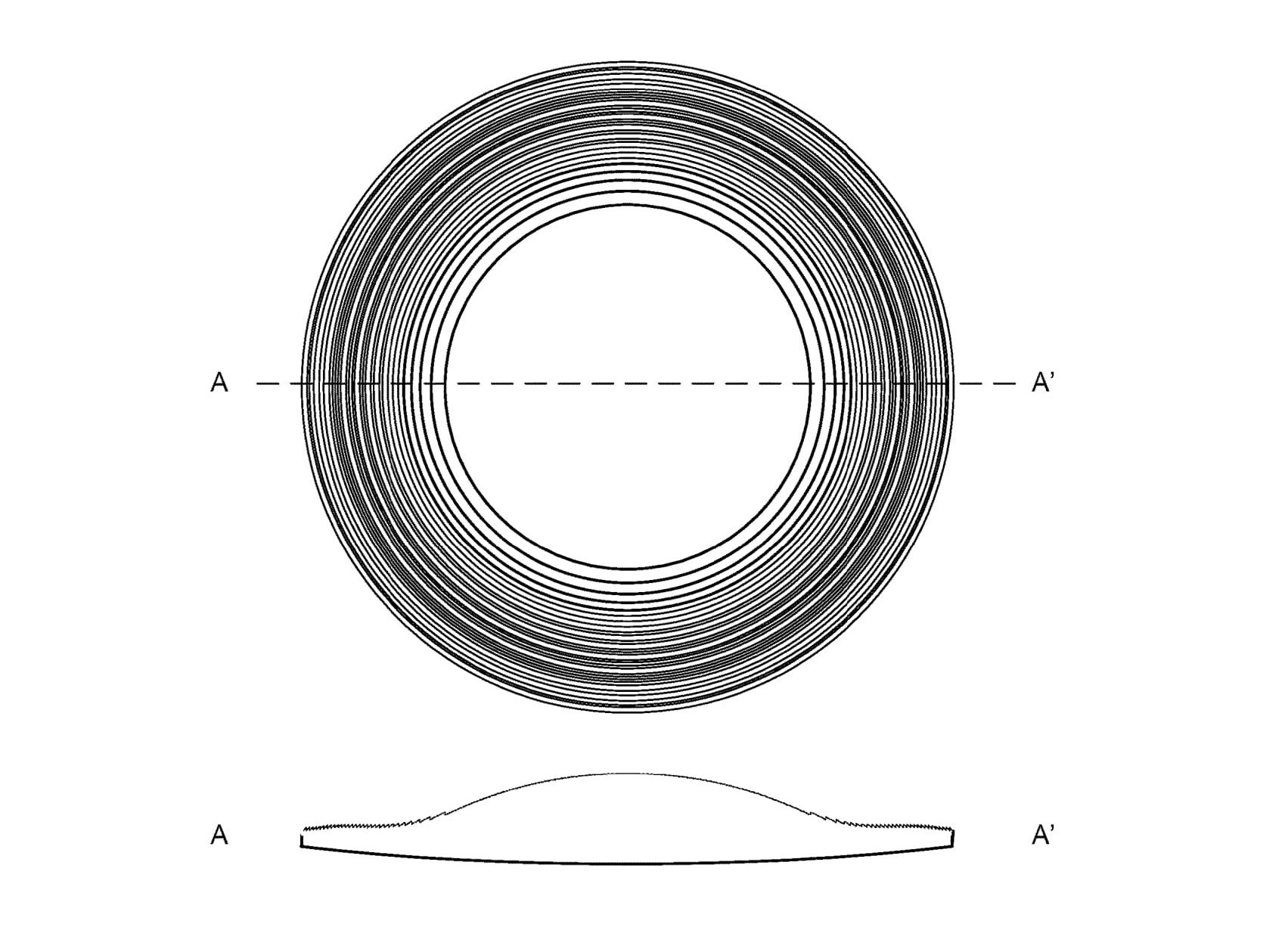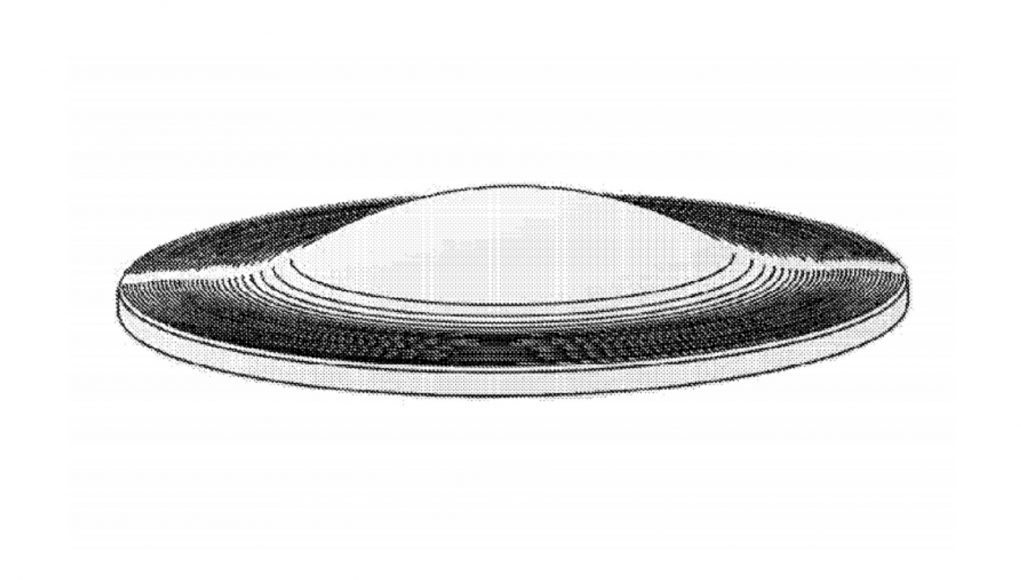Try on an Oculus Rift or HTC Vive and one of the first things you’ll probably notice looking through the lenses are fine concentric circles, creating something many call ‘God Rays’—especially egregious when viewing high contrast scenes. A new Facebook patent has just come to light that aims to mitigate these sorts of visual artifacts with a new hybrid Fresnel lens design.
Dubbed the ‘Hybrid fresnel lens with reduced artifacts’ (publication #10133076), the new lens creates a larger surface area dedicated to a standard, non-Fresnel type like you might find in headsets such as Cardboard or even Samsung’s Gear VR, but compliments its with a ring of standard Fresnel-style ridges near the periphery.
The patent was initially filed September 13th, 2016, and subsequently published late last month.

Fresnel lenses are great at cutting down on weight; they provide a large aperture and short focal length that gives the lens equivalent power to a conventional lens design, but at a fraction of the weight.
While thinner, they do introduce visual artifacts that some users hate so much they’ve even gone as far as modding their HTC Vive headsets to accept Gear VR lenses.

Facebook’s Oculus Rift, which released around the same time the patent was filed, also features hybrid Fresnel lenses, although Rift’s are undoubtedly finer in appearance than many on the market, including HTC Vive and the most recent Google Daydream.
Still though, optical artifacts such as God Rays persist which should ideally disappear as the display hardware matures around it. Putting a conventional lens at the center where the headset’s best viewing position lies though (aka ‘the sweet spot’) and shifting Fresnel ridges to the periphery may strike a good balance between optics clarity and overall weight.
It’s true that many patents never see productization, although we haven’t yet laid eyes on the company’s fabled next iteration of Rift, so there’s no telling what lies ahead.







